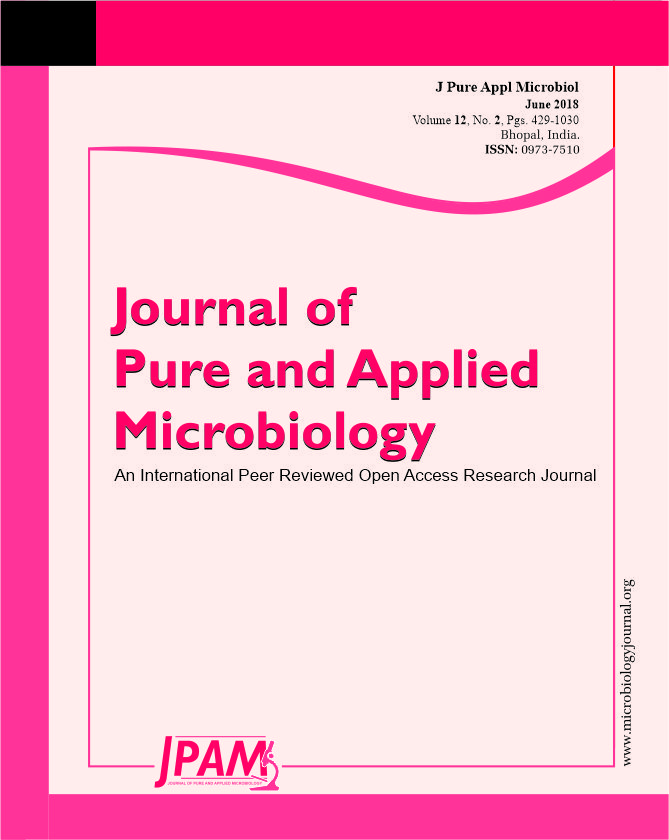A field experiment on study of nitrogen management through different sources on growth and yield of wheat (Triticum aestivum L.) was conducted during rabi season of 2016-17 at Agronomy Farm, B. A. College of agriculture, Anand Agricultural University, Anand on loamy sand soil. Nitrogen management on wheat var. GW 496 with ten treatments comprising of 100 % RDN, 75 % RDN along with 25 % N through FYM or vermicompost or 2% urea sprays at 30 and/or 40 and/or 50 DAS and 50 % RDN along with 50 % N through FYM or vermicompost or 2% urea sprays at 30 and/or 40 and/or 50 DAS into randomized block Design with four replications. Application of 75 % RDN + 2 % urea spray at 30, 40 and 50 DAS was found superior for growth and yield attributes viz; plant height at 60 DAS, number of spikelet spike-1, length of spike, number of grains spike-1, dry matter accumulation, test weight (48.78 g) and grain yield (6662 kg ha-1). However, treatment with 75% RDN + 25% N through VC recorded significantly higher plant height at harvest, number of total tillers, effective tillers and straw yield of wheat The highest net realization (Rs. 84643 ha-1) and BCR (3.95) were secured under treatment 75% RDN + 2% Urea spray at 30, 40 and 50 DAS.
RDN (Recommended dose of nitrogen), Foliar spray, Farm Yard Manure (FYM), Vermicompost (VC), Wheat.
© The Author(s) 2018. Open Access. This article is distributed under the terms of the Creative Commons Attribution 4.0 International License which permits unrestricted use, sharing, distribution, and reproduction in any medium, provided you give appropriate credit to the original author(s) and the source, provide a link to the Creative Commons license, and indicate if changes were made.


